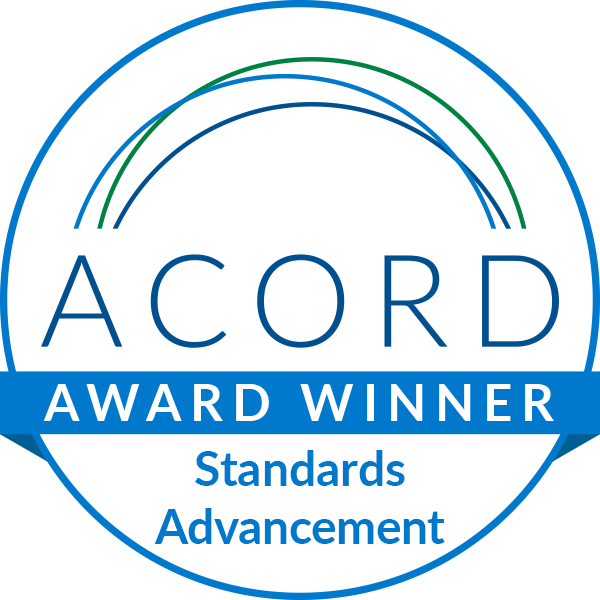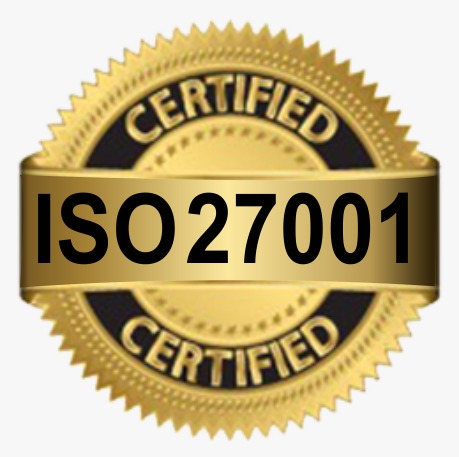Introduction
A personal auto policy also known as PAP is an insurance policy that is purchased by a vehicle owner to provide insurance coverage for damage or injury to others, in the form of liability insurance. Along with the liability coverage, it can also provide coverage for injuries or damages to the insured. Personal auto insurance policy is a contract between the vehicle owner and the insurance company that protects the owner against financial loss in the event of an accident or theft. The name of the policy clarifies that only personal motor vehicles that are not primarily commercial are covered by this policy. In exchange for paying a premium, the insurance company agrees to pay the losses to the personal vehicles as outlined in the policy.
All states have regulations that set the minimum amounts of insurance or other financial security the vehicle owners have to pay for the loss caused by their negligence behind the wheel if an accident occurs. Private vehicle owners are legally bounded to buy at least the minimum amount of liability coverage set by state law.
In this blog, We will discuss a few more points about the Personal Auto Insurance Policy.
What does a Personal Auto Policy Cover?
While different states have different commissions for auto insurance, most basic personal insurance policies consist of six types of coverage. Personal vehicle owners can buy different types of coverage according to their needs. Depending on the laws of each state, some of these coverages are compulsory and some are optional. Six common coverages of PAP are the following:
- Liability Coverage
In most states, personal auto liability coverage is obligatory. The owners are legally bound to buy at least the minimum amount of liability coverage set by state law. It helps to pay for the other driver’s expenses if an insured vehicle owner causes an accident. However, it is not covered the losses of the owner. This coverage has two components:- Bodily injury: It helps to pay for the medical bills, lost income, and emergency aid of third-person if anybody hurts in an accident due to the fault of the insured vehicle owner.
- Property damage: It helps to pay for repairs if the vehicle damage someone’s property(eg. car or fence).
- Collision Coverage
If collision coverage is included in PAP it covers the bills for repairs of the personal vehicle. Collision coverage has to pay the value of the insured vehicle(where the cost to repair exceeds the value of the vehicle).
Collision coverage is optional but it is required for lienholders. - Comprehensive Coverage
This coverage pays for the damages that are unrelated to any accident like theft, fire, hail, or vandalism. Liability and collision coverages do not cover these damages. Carrying this coverage in the policy can be costly. This coverage is also optional but is required for lienholder. - Personal Injury Protection
Personal injury protection also known as PIP is mandatory in some states and optional in other states. Further, it is not available in all states. This protection helps the owner to pay his/her medical bills after an accident. PIP also helps to cover other expenses incurred— for example, child care expenses or lost income of the owner due to injuries. - Medical Payments Coverage
This coverage helps the owners to pay the medical bills associated with the injuries to passengers such as family, and friends who are injured in an accident in insured vehicles. It includes the costs for hospital visits, surgery, X-rays, and more. In some states, medical payments coverage is mandatory but in others it is optional. - Uninsured/Underinsured Motorist Protection
If the insured vehicle is hit by an underinsured driver that means the liability limits of the driver aren’t enough to cover the resulting medical bills and repair of the vehicle. In that case, uninsured motorist coverage helps the owner to pay for medical expenses or, repairs to the vehicle.
Keep in mind that each of these coverage levels describes basic categories. Each auto insurance provider may have its own unique coverage and policy provisions. A vehicle owner has to determine what sort of coverage he/she needs, what is required, and what other features may be beneficial for the insurance policy.







Leave A Comment